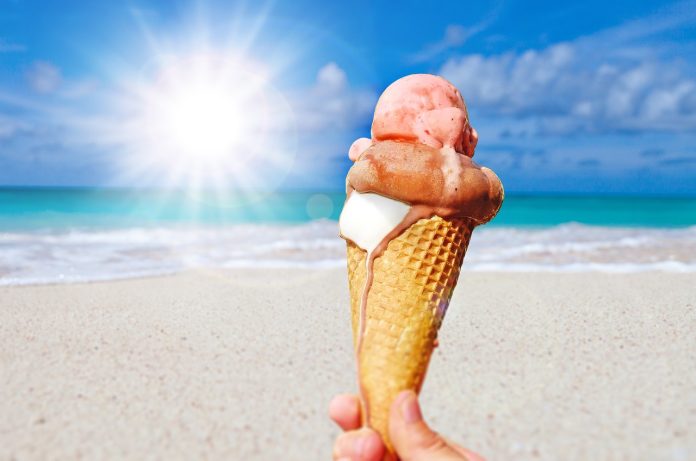Guest Post By Vijay Jayaraj
Editor’s Note: This July’s hot weather is being touted as the hottest month in thousands of years by the warming-obsessed media. This is false. Data show that these claims are overblown. Climate Realism tackled these claims as they were made, most recently in posts here, here, and here.
There is not much new about media hyperbole in weather reporting, but July’s climate alarmism may be more breathless than usual. Twitter, Facebook, LinkedIn and other social media were inundated with posts containing flaming red maps of Southern Europe and Northern Africa.
“July 2023 will probably be the world’s hottest month in hundreds, if not thousands, of years,” said top NASA climatologist Gavin Schmidt. One Twitter user (with 22,000 followers) claimed, “After the hottest day and week, we are now experiencing the hottest month ever (in about 120,000 years, based on paleoclimatology). As we keep warming the planet, we will soon experience global temperatures not seen in the past million years!”
When questioned about the justification for his claims, the tweeter responded that scientists had “discovered there was a glacial period, which many people know about from a movie called Ice Age.” Imagine substantiating scientific claims by referencing a Hollywood movie! Such is the sorry state of critical thought.
These commentators conveniently ignore below average temperatures in Southeast Asia, Eastern Europe and large swaths of Russia. In fact, people in my city here in India were wearing sweaters during the same week despite it being the middle of a tropical summer.
Even in the U.S., temperatures have not been as dangerous as portrayed. Chris Martz, a meteorologist, notes that “the entire Lower 48 is only nine-hundredths of a degree Fahrenheit above average [relative to 1991-2020]. Month-to-date temperatures are much cooler this year than just last year and are nothing compared to 1980 or 2011.”
Dr. Susan J Crockford, an expert on polar bears and their habitats, observed that Arctic “Ice has not been steadily declining or rapidly melting as human-caused CO2 levels have increased.” Both the summer and winter Arctic Sea ice levels show no declining trend, since 2007 and 2003, respectively.
So, how do climate alarmists get away with constant fearmongering? An average person with little knowledge of paleoclimatology is easily misled by manipulated data. And there has been plenty.
For example, the notorious “hockey stick” graph that erased past warming to make modern temperatures appear unprecedented is viewed as scientifically accurate by many despite being thoroughly debunked. Between 2019 and 2021, 350 peer-reviewed papers showed that there is nothing unusual about today’s warmth.
Furthermore, the current dominant narrative about the relationship between CO2 and temperature is rooted more in politics than science. Temperatures were much warmer in earlier periods when CO2 levels in the atmosphere were well below today’s concentration.
Speaking to Australian media, geologist Ian Plimer, says, “We are being fed an enormous load of rubbish … If you look back in the past, we can see … that every time we’ve had an ice age, we’ve had more carbon dioxide in the atmosphere than now, so it’s clear that carbon dioxide cannot drive global warming.”
Also central to the debate over modern warming is the accuracy of temperature readings that have been compromised by artificial heating from urban landscapes that have grown around thermometers that once resided in rural locations. This well-established phenomenon is known as urban heat island (UHI) effect.
Dr. Roy Spencer has shown how most of the temperature increase in the Global Historical Climatology Network (GHCN) is influenced by UHI. “UHI warming is virtually the entire GHCN-reported warming signal since 1880,” with little land-based warming until 1980, says Dr. Spencer.
The scary weather stories of the dozens of state-funded and left-leaning media outlets across the globe have as much reality to them as children’s tales of ghosts and goblins.
Vijay Jayaraj is a Research Associate at the CO2 Coalition, Arlington, Virginia. He holds a master’s degree in environmental sciences from the University of East Anglia, UK and resides in India.

















